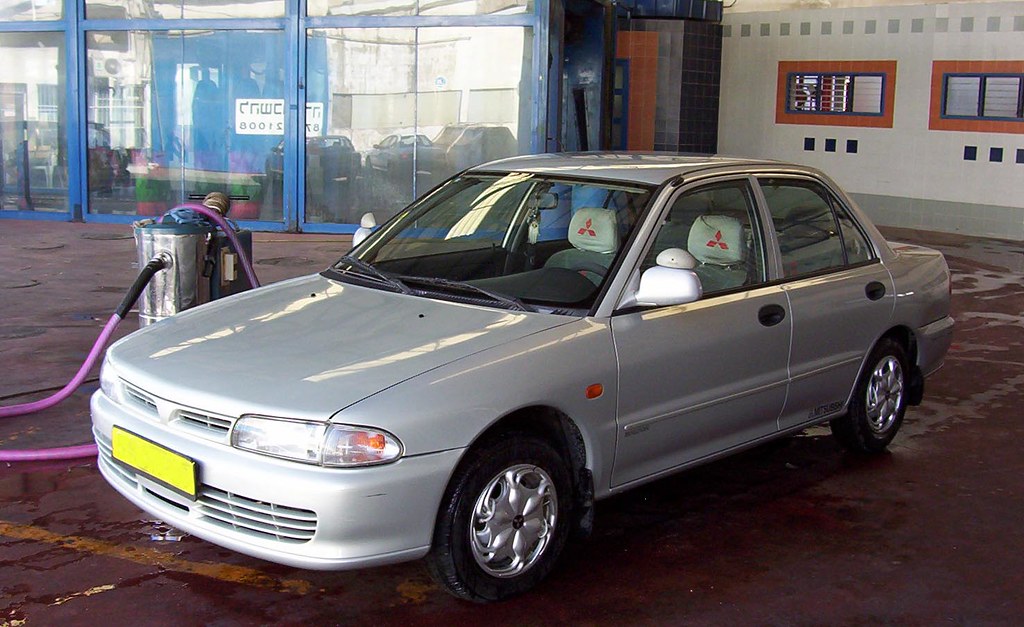
The hum of a well-tuned engine is music to any driver’s ears, a testament to the intricate symphony of components working in perfect harmony. While many parts contribute to your vehicle’s seamless operation, one often-underestimated hero plays a profoundly crucial role in this mechanical orchestra: the humble spark plug. These seemingly small devices are, in fact, mighty igniters, responsible for sparking the very power that propels your car down the road.
Imagine your engine as a heart, and inside its chambers, tiny fireworks are exploding hundreds of times per minute. That’s essentially the vital job of a spark plug. It delivers a precisely timed electrical spark to ignite the compressed fuel-air mixture within the combustion chamber. This controlled explosion is the fundamental force generating the power that ultimately turns your car’s wheels. Without a strong, consistent spark, that symphony of power quickly falters.
Neglecting these tiny titans can lead to a surprising cascade of problems, impacting everything from your car’s responsiveness to your wallet. From improved fuel efficiency and smoother performance to reduced emissions and a longer engine lifespan, the benefits of keeping your spark plugs in top condition are too significant to overlook. In the pages that follow, we’re going to dive deep into why regular spark plug replacement isn’t just maintenance, but a proactive step towards a more reliable, efficient, and enjoyable driving experience.

1. **What Are Spark Plugs? Understanding Your Engine’s Ignition Core.**Spark plugs are cylindrical components that stand as the unsung heroes of your engine’s internal combustion process. They are tasked with generating the critical spark that ignites the air-fuel mixture within the engine’s combustion chamber. This ignition is what creates the power cycle, driving your vehicle forward with every turn of the key.
Functionally, a spark plug acts like a miniature lightning rod within a harsh environment. It consists of several key components: an insulator, a center electrode, a ground electrode, and a protective shell. The insulator, often made of robust ceramic, is vital for shielding the electrode from the extreme temperatures and pressures that constantly rage inside the combustion chamber.
The true magic happens between the center and ground electrodes. These are crafted from conductive materials, such as platinum or iridium, and form a precise spark gap. When a high-voltage electrical current is sent through this gap, it leaps across, creating the intense spark necessary to ignite the volatile fuel-air mixture. The shell, meanwhile, provides a secure ground connection for the entire assembly.
Over time, despite their robust design, spark plugs inevitably degrade. The continuous exposure to intense heat and pressure takes its toll, causing them to wear down and lose their ability to produce that strong, reliable spark. When this happens, the entire ignition process becomes less efficient, setting the stage for a host of potential issues that can diminish your car’s overall health and performance.

2. **Improved Fuel Efficiency: Saving at the Pump.**One of the most immediate and appreciated benefits of replacing worn spark plugs is a noticeable improvement in your vehicle’s fuel efficiency. If you find your car burning through gas faster than you remember, the culprit might very well be neglected spark plugs. Old spark plugs simply stop firing with the precision and intensity needed for optimal combustion.
When spark plugs fail to ignite the fuel mixture properly, it leads to incomplete combustion. This meaning your engine isn’t fully utilizing all the fuel it’s supplied, and instead, a portion of that precious gasoline goes to waste. The engine has to work harder to achieve the same output, demanding more fuel for every mile you drive.
New spark plugs, however, reignite the engine’s efficiency by providing a consistently strong and clean spark. This ensures that the fuel is ignited more efficiently, leading to a much cleaner burn within the combustion chambers. As a result, your engine requires less fuel to perform its tasks, translating directly into tangible savings at the gas pump.
In fact, the National Institute of Automotive Service Excellence has reported that old or faulty spark plugs can lead to engine misfires, which can reduce your car’s fuel economy by as much as 30%. Studies further underscore this, showing that replacing worn spark plugs can improve fuel efficiency by up to that 30% figure, depending on their previous state of wear. This can easily mean saving hundreds of dollars annually, simply by ensuring your engine is firing precisely as it should.
Read more about: Fueling Your Savings: 12 Smart Lifehacker Strategies to Drastically Improve Your Car’s Gas Mileage Now
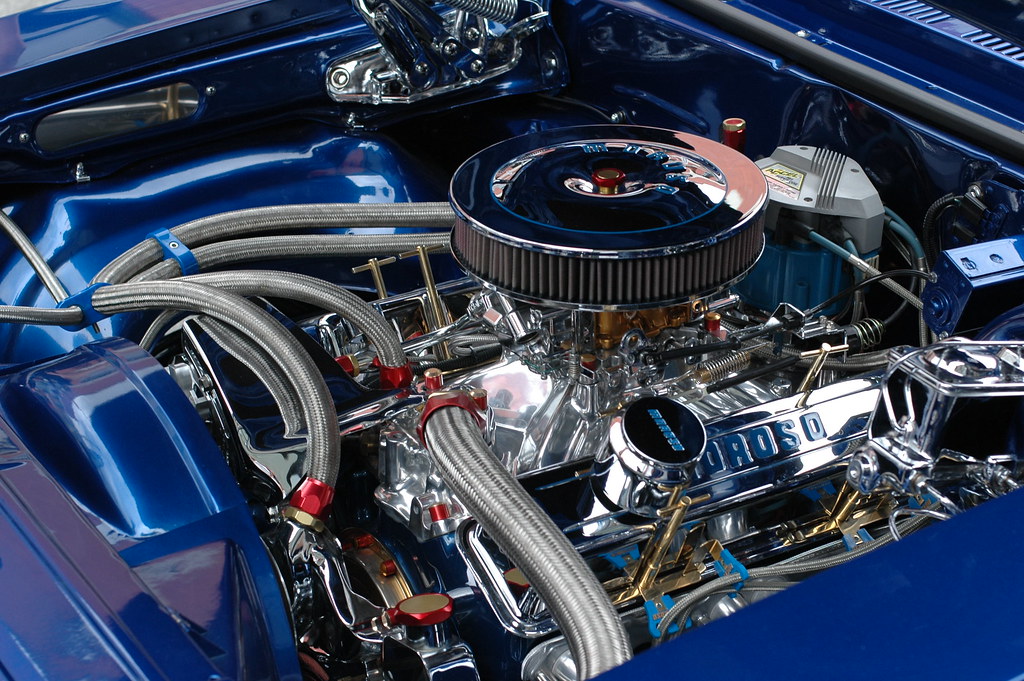
3. **Smoother Engine Performance: A More Enjoyable Ride.**Beyond just saving money, replacing your spark plugs can profoundly transform your driving experience by delivering significantly smoother engine performance. If your engine feels shaky, rough, or hesitates when you press the accelerator, these are classic indicators that your spark plugs might be misfiring. They may not be providing the consistent, reliable spark your engine needs to run optimally.
When spark plugs are worn or fouled, they struggle to deliver the synchronized ignition required for a balanced power delivery. This often manifests as engine vibrations, particularly noticeable at idle or lower speeds. You might also experience sluggish acceleration, where the car doesn’t respond as promptly as it should, or a generally jumpy and uneven power delivery during your drive.
The change after replacing spark plugs is often dramatic and immediate. Acceleration becomes far more responsive, feeling crisp and direct underfoot. The engine’s overall sound shifts, becoming noticeably more stable and harmonious, reflecting its newfound balance. Your entire ride transforms, feeling smoother, quieter, and altogether more refined.
This isn’t merely about driving comfort; it extends to safety and overall vehicle control. A finely tuned engine, free from misfires and hesitation, ensures better control over your vehicle and instills greater confidence behind the wheel. It allows you to navigate traffic and merge with assurance, knowing your car will respond predictably.
Read more about: 2025 Volkswagen ID.4: The Comprehensive CNET Guide to Its Family EV Credentials
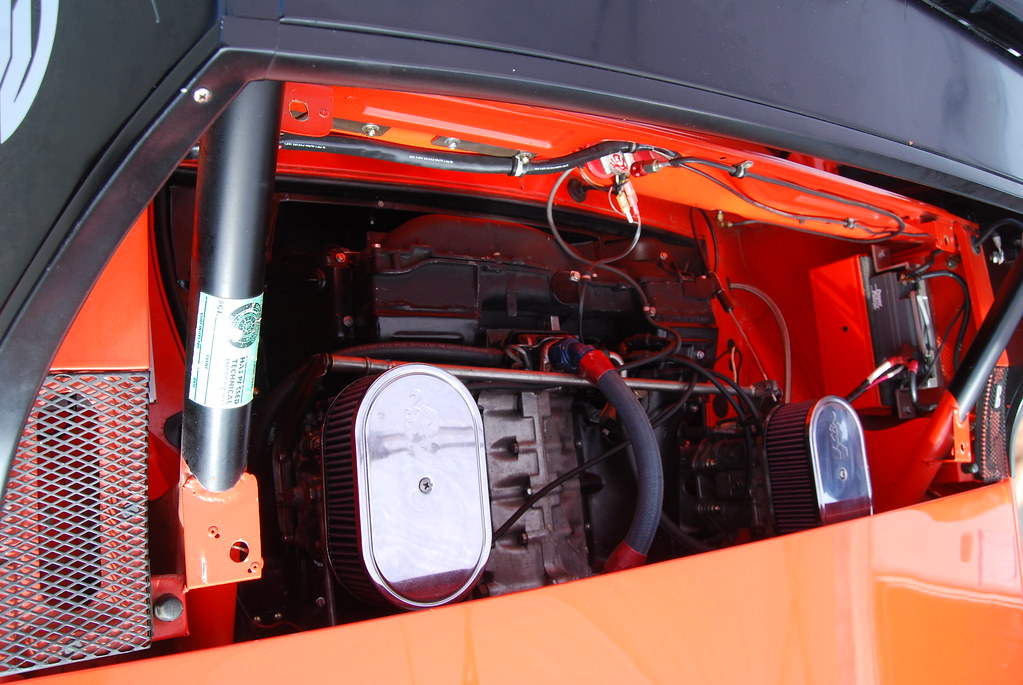
4. **Easier Engine Starts: Reliable Ignition, Every Time.**Few things are as frustrating as a car that struggles to start, especially when you’re rushing to work or facing cold morning temperatures. If your vehicle grinds and cranks repeatedly before finally coming to life—or worse, fails to start altogether—worn-out spark plugs are a very common culprit. A healthy spark plug is essential for providing the right amount of spark at precisely the right moment, even under challenging conditions.
Degraded spark plugs often lead to delayed engine ignition. Instead of a quick, decisive turn-over, your engine might crank for extended periods before it catches. In severe cases, this can result in frustrating repeated failed starts, leaving you stranded and potentially damaging other components like your battery from excessive strain.
With a new set of spark plugs, the difference is night and day. The engine starts faster and far more reliably, every single time you turn the key. Cold starts, which are notoriously difficult for worn plugs, become noticeably easier, ensuring your car is ready to go no matter the weather.
This simple yet effective replacement also helps reduce strain on your car’s battery, as it no longer has to work overtime trying to coax an ignition from faulty plugs. By ensuring consistent and robust ignition, you can prevent inconvenient no-start situations and significantly boost your car’s reliability in your daily routine.

5. **Lower Emissions and Cleaner Exhaust: Driving Greener.**In today’s world, reducing our environmental footprint is more important than ever, and your car’s spark plugs play a significant role in achieving that goal. If you’re aiming to pass an emissions test or simply wish to lower your vehicle’s environmental impact, the health of your spark plugs is a critical factor. When combustion is inefficient due to worn plugs, more unburned fuel escapes through the exhaust system.
This inefficient burning directly contributes to increased harmful emissions entering the atmosphere. Old spark plugs cause your engine to burn fuel unevenly, meaning more pollutants are released into the air with every mile you drive. This not only harms the environment but also puts undue stress on your catalytic converter, forcing it to work harder and wear out much faster than it should.
By replacing worn-out spark plugs, you restore the combustion process to its optimal state. The cleaner, more complete burn significantly reduces the amount of harmful exhaust emissions produced by your vehicle. This immediate benefit means your car produces fewer detrimental gases, contributing positively to air quality.
Furthermore, this simple maintenance step helps protect your catalytic converter, an expensive component, by reducing the amount of unburned fuel it has to process. A clean spark leads to a cleaner burn, which, in turn, contributes to cleaner air and dramatically improves your chances of effortlessly passing any required smog or emissions tests.

6. **Longer Engine Life: Protecting Your Investment.**While spark plugs might appear to be minor components, their condition has a profound and far-reaching impact on the overall health and longevity of your engine. Faulty spark plugs can subtly but consistently place undue stress on your engine, compelling it to work much harder than necessary just to perform routine tasks. This added strain can significantly shorten the life of your vehicle’s most vital component.
The long-term effects of operating with bad spark plugs are quite detrimental. Uneven combustion, directly caused by ineffective ignition, creates constant strain throughout the engine’s internal parts. Furthermore, engine misfires, a common symptom of worn plugs, can lead to direct damage to critical components such as pistons, cylinders, and various exhaust system elements.
When your engine is forced to consume more fuel and endure increased pressure due to inefficient ignition, its internal parts experience accelerated wear and tear. This constant battle against inefficiency gradually degrades the engine’s integrity, setting the stage for premature failure and the need for potentially catastrophic and expensive repairs.
Conversely, by regularly replacing your spark plugs according to the recommended schedule, you ensure your engine operates under balanced and normal conditions. This consistent, efficient operation significantly reduces internal wear and tear, safeguarding your engine from unnecessary stress. Replacing spark plugs isn’t just routine maintenance; it is a fundamental act of protection for your vehicle, helping it to last for many more years and miles.
Read more about: Your Ultimate Guide: 14 Financial Pitfalls Every Classic Car Collector Needs to Sidestep for a Successful Collection

7. **Increased Power and Performance: Unleashing Your Car’s Potential.**For many drivers, the exhilaration of responsive power and robust acceleration is a key part of the driving experience. Worn spark plugs, unfortunately, directly hinder this, leading to a noticeable decrease in engine power and an overall reduction in performance. Your car might feel sluggish, less eager to accelerate, and simply not as dynamic as it once was.
Spark plugs are intimately involved in the combustion process, which is the very source of the power that drives your car’s wheels. When they are not functioning at their peak, the combustion is less complete, meaning the engine isn’t generating its full potential output. This translates directly into slower acceleration and a general feeling of underperformance.
The good news is that replacing those old, worn spark plugs can instantly restore your engine’s full power. You’ll experience a dramatic improvement in acceleration, feeling a stronger, more confident surge when you put your foot down. This renewed power translates into better throttle response, where the engine reacts more swiftly and accurately to your inputs.
While new spark plugs don’t technically *increase* your engine’s inherent horsepower beyond its original design, they restore it to its optimal combustion level. In essence, they bring your car back to its factory-fresh performance, providing that much-missed boost in power and an overall more engaging and capable driving experience. It’s about unlocking the potential that was always there, just waiting to be reignited.
Navigating the complexities of car maintenance can sometimes feel like a puzzle, but understanding the signs your spark plugs are sending can be a game-changer for your vehicle’s health and your peace of mind. While the first section highlighted the immediate benefits of healthy spark plugs, this next part dives deeper into recognizing when they need attention, the hidden costs of neglect, and how to master their maintenance for lasting performance. It’s about equipping you with the knowledge to make informed decisions for your car.
Read more about: Unlocking Automotive Dreams: 13 Manual Transmission Sports Cars from the 2000s That Are Now Unbelievable Bargains for Enthusiasts

8. **Identifying Key Warning Signs: When Your Spark Plugs Are Crying for Help.**Your vehicle is remarkably good at communicating when something isn’t quite right, and worn spark plugs are no exception. One of the most common and frustrating indicators is difficulty starting the engine. If your car grinds and cranks repeatedly before finally sputtering to life, or even worse, fails to start altogether, a weak spark from degraded plugs is a likely culprit, struggling to ignite the fuel-air mixture effectively.
Beyond starting issues, pay close attention to how your engine feels and sounds while running. Rough idling, where the engine sputters or shakes when the car is stationary, is a classic sign. This unevenness often points to misfires, which occur when one or more cylinders fail to ignite properly. You might also notice a general sluggishness or loss of power, particularly during acceleration, as weak sparks hinder the engine’s ability to produce its full output.
Your dashboard can also offer crucial clues. A decrease in gas mileage is a clear financial signal that your engine isn’t burning fuel efficiently, often due to incomplete combustion caused by worn plugs. And, of course, the illuminated ‘Check Engine’ light is a universal warning that demands attention. While it can signal various issues, a malfunctioning spark plug or a series of misfires can certainly trigger it, indicating a problem within the ignition system that needs prompt investigation.
9. **The Cost of Neglect: Unpacking the Severe Consequences.**It might be tempting to delay changing your spark plugs, especially if your car seems to be running “just fine,” even if not perfectly. However, continuing to drive with worn spark plugs can trigger a cascade of problems that are far more costly and damaging than a simple replacement. This seemingly minor oversight can lead to significant engine strain and accelerated wear and tear on vital components.
One of the most concerning consequences is increased engine wear. Inefficient combustion from faulty spark plugs forces your engine to work harder than necessary, creating undue stress on pistons, cylinders, and other internal parts. Engine misfires, a direct result of worn plugs, can also cause direct damage to these critical components over time, setting the stage for premature failure and expensive repairs.
Beyond direct engine damage, neglecting spark plugs can severely impact other systems. A faulty spark plug can allow unburned fuel to enter your catalytic converter, forcing this expensive component to work overtime and dramatically shortening its lifespan. Moreover, inefficient combustion directly translates to higher harmful emissions, making your vehicle less environmentally friendly and increasing your chances of failing required smog or emissions tests. Ultimately, ignoring this simple maintenance step often means paying far more down the line for issues that could have been easily avoided, compromising both your car’s longevity and your safety.
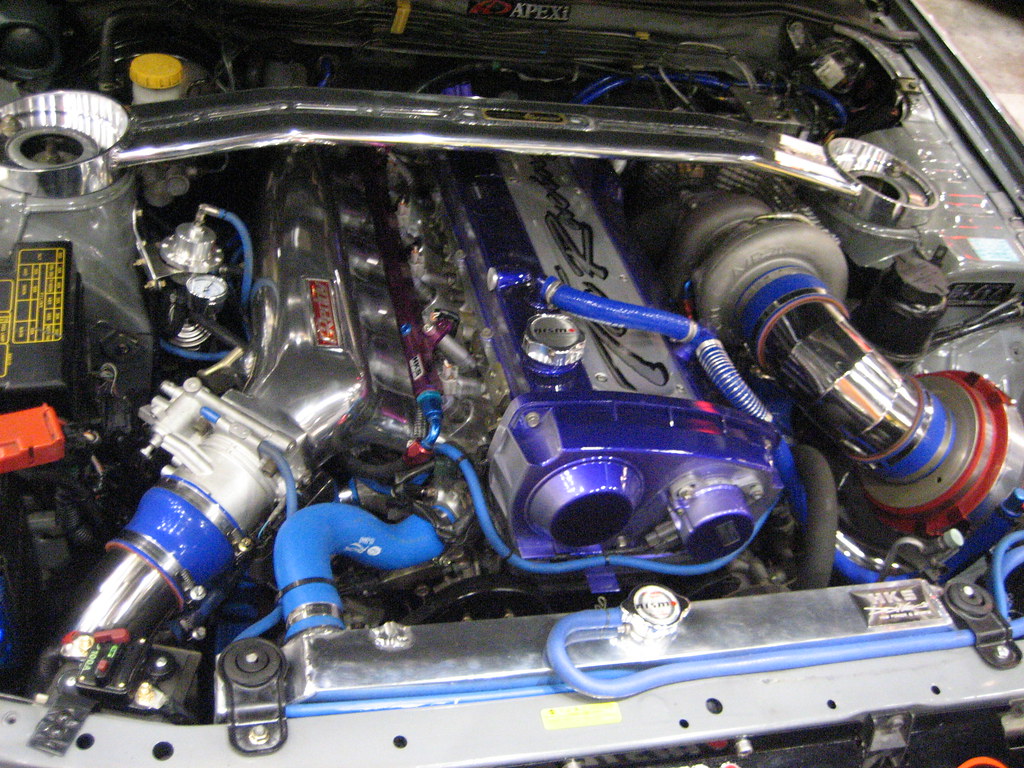
10. **How Often Should You Replace Spark Plugs? Adhering to the Schedule.**Establishing a routine for spark plug replacement is crucial for maintaining your vehicle’s health, but the exact timing isn’t a one-size-fits-all answer. It largely hinges on your car’s specific make and model, as well as the type of spark plugs your engine uses. Consulting your vehicle’s owner’s manual is always the most authoritative first step, as it provides the manufacturer’s precise recommendations for your particular engine.
Generally speaking, spark plugs fall into different categories with varying lifespans. Traditional copper plugs, which are more basic and affordable, typically require replacement every 20,000 to 30,000 miles. However, advancements in materials have introduced longer-lasting options. Platinum or iridium-tipped spark plugs, often referred to as long-life plugs, boast significantly extended intervals, usually lasting between 60,000 to 100,000 miles, or even more for some iridium designs.
It’s also important to consider your driving habits and engine type. Vehicles with high-performance or turbo engines may experience greater wear and tear, necessitating more frequent changes than standard engines. Moreover, if you frequently drive in demanding conditions or notice any of the warning signs discussed earlier – such as hard starts or poor gas mileage – it’s always a smart move to have your spark plugs inspected sooner, regardless of the mileage. Timely replacement is a preventative measure that saves both money and headaches.
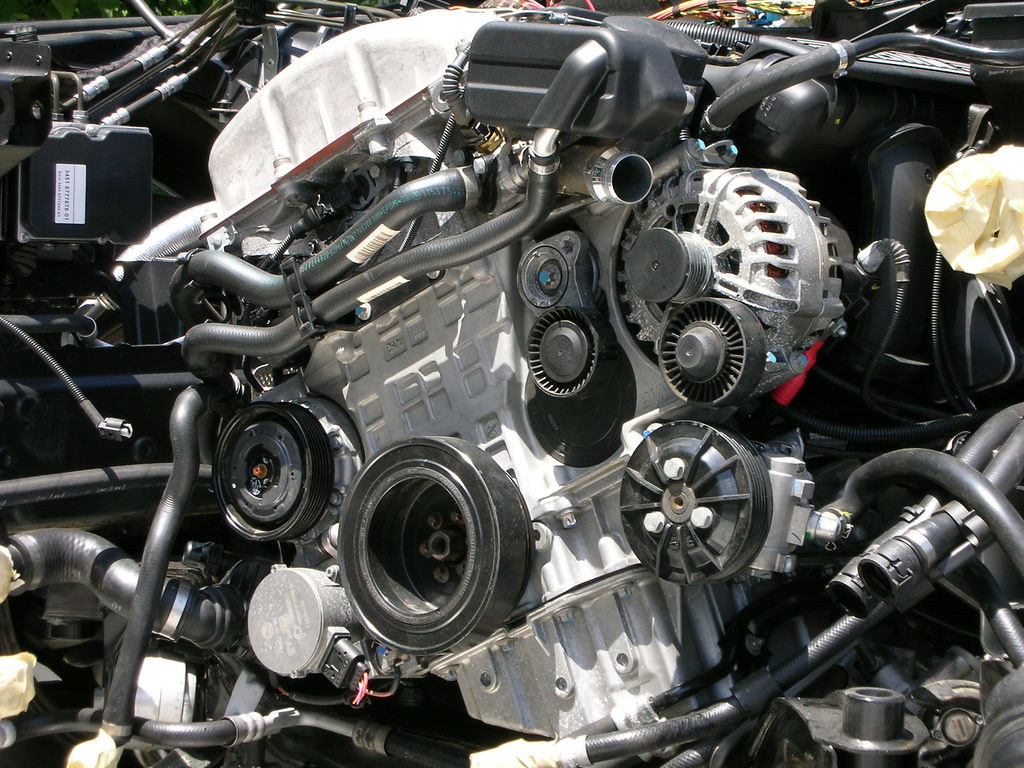
11. **Choosing the Right Spark Plug: A Guide to Types and Materials.**Selecting the correct spark plug for your vehicle is not just about fitment; it’s about optimizing performance and longevity. The market offers a variety of spark plug types, each with distinct characteristics and benefits. Understanding these differences, along with your engine’s requirements, is key to making an informed choice that will serve your car best.
Copper core spark plugs represent the most basic and affordable option. They feature a large copper center electrode, which is an excellent conductor of electricity. While effective, copper wears down faster, leading to a shorter lifespan—typically 20,000 to 30,000 miles. They are often found in older vehicles or those not requiring extended service intervals. For many modern engines, more durable materials are preferred due to their extended life and consistent performance.
Stepping up in durability, platinum and iridium-tipped spark plugs offer significantly longer lifespans and improved performance characteristics. Platinum plugs use a platinum disc welded to the tip of the center electrode, providing enhanced durability and resistance to wear, often lasting 60,000 miles or more. Iridium plugs, on the other hand, feature an incredibly hard and heat-resistant iridium alloy for their center electrode, allowing for a finer wire tip that provides a more concentrated, efficient spark. These are the longest-lasting types, often exceeding 100,000 miles, and are frequently specified for modern, high-performance engines.
When making your selection, always consult your owner’s manual for the manufacturer’s recommended spark plug type. Factors such as your engine’s design, typical driving conditions (e.g., extreme temperatures or dusty environments), and your performance goals should also be considered. While copper plugs might be cheaper upfront, the longevity and consistent performance of platinum or iridium plugs often translate to better long-term value and fewer maintenance interruptions for many drivers.

12. **Extending Spark Plug Life: Simple Maintenance Tips.**While spark plugs are designed to be replaced periodically, there are proactive steps you can take to maximize their functional life and ensure they perform optimally between changes. These maintenance tips primarily focus on maintaining the overall health of your engine, as a well-running engine naturally creates a more hospitable environment for its spark plugs.
Regular oil changes are fundamental to extending spark plug lifespan. Clean engine oil prevents the accumulation of carbon deposits and other contaminants that can foul spark plugs. When oil degrades or becomes dirty, it can lead to sludge and varnish buildup within the engine, some of which can migrate to the combustion chamber and coat the electrodes, diminishing spark efficiency and accelerating wear.
Equally important is maintaining a clean air filter. A clogged or dirty air filter restricts airflow, leading to an improperly rich air-fuel mixture. This imbalance can cause incomplete combustion, which again results in excessive carbon buildup on the spark plugs. Ensuring a proper air-fuel mixture by regularly replacing your air filter reduces undue stress on the spark plugs and helps them maintain a clean, strong spark.
Finally, periodic fuel system cleaning can also contribute to spark plug longevity. Contaminants in the fuel system, such as dirt or ethanol residues, can lead to deposits on the fuel injectors and valves, which can indirectly affect the combustion process and, consequently, the spark plugs. By keeping your fuel system clean, you ensure a consistent and clean fuel supply to the combustion chambers, further safeguarding your spark plugs from premature degradation and maintaining their efficient operation.
Ultimately, a well-maintained set of spark plugs gives you an invaluable commodity: peace of mind on the road. Knowing your engine is firing precisely as it should, with optimal combustion and reduced stress, means you can drive with confidence, enjoying a smoother, more efficient, and altogether more dependable vehicle. This simple step is truly one of the most effective ways to protect your automotive investment and ensure your car remains a reliable companion for many miles and years to come.

